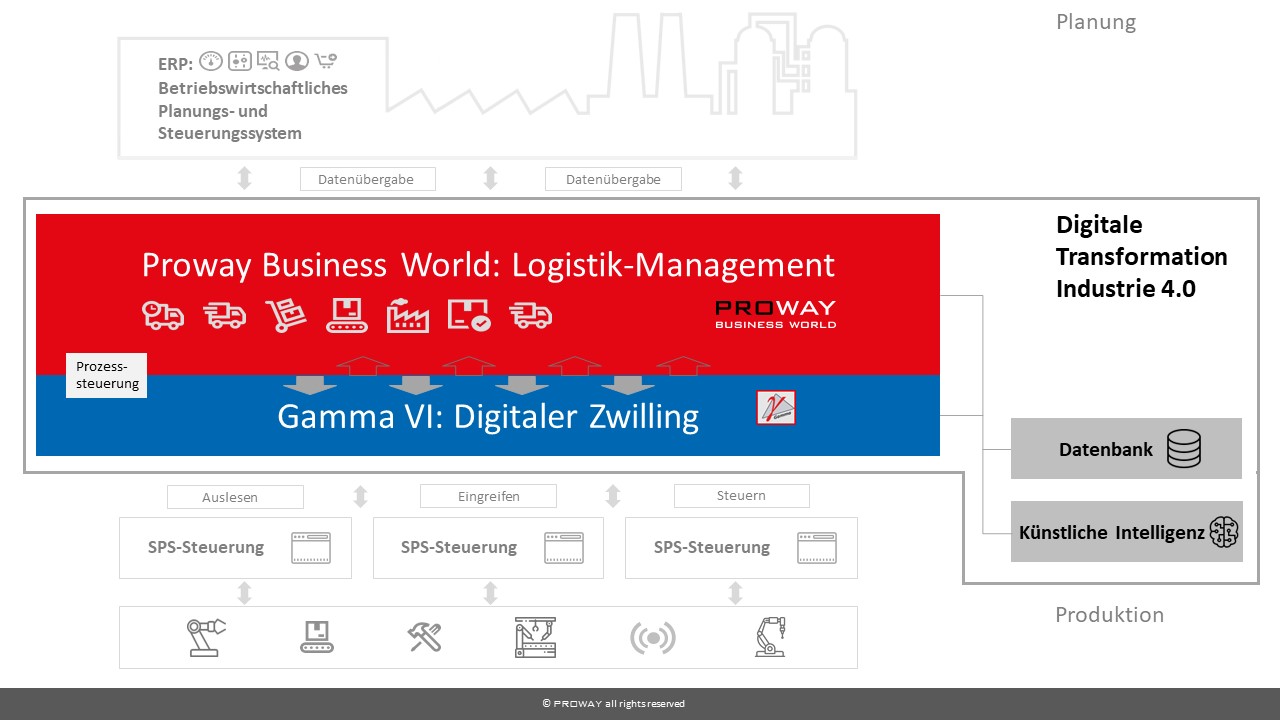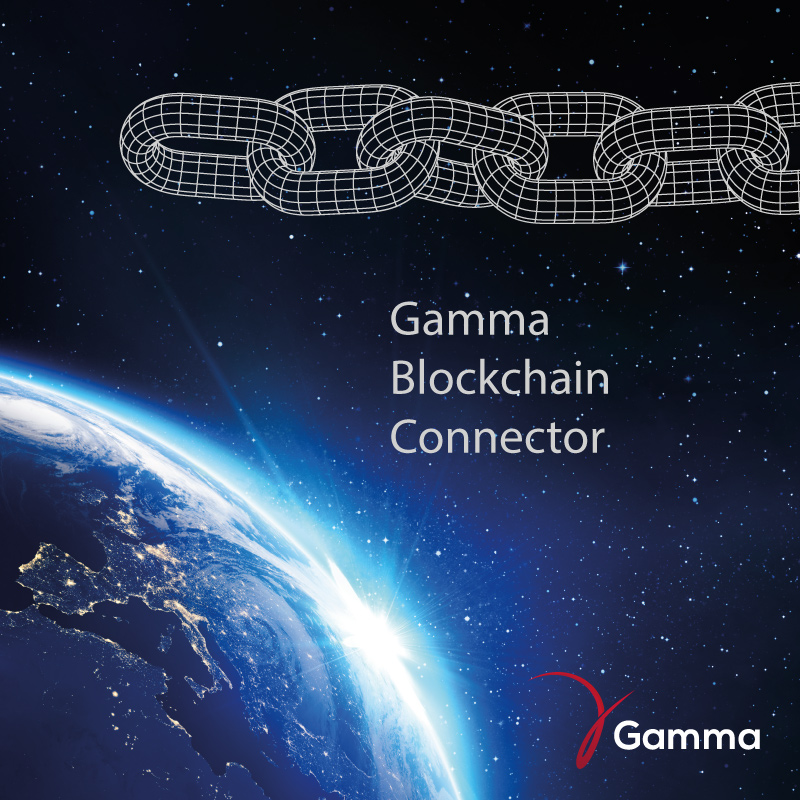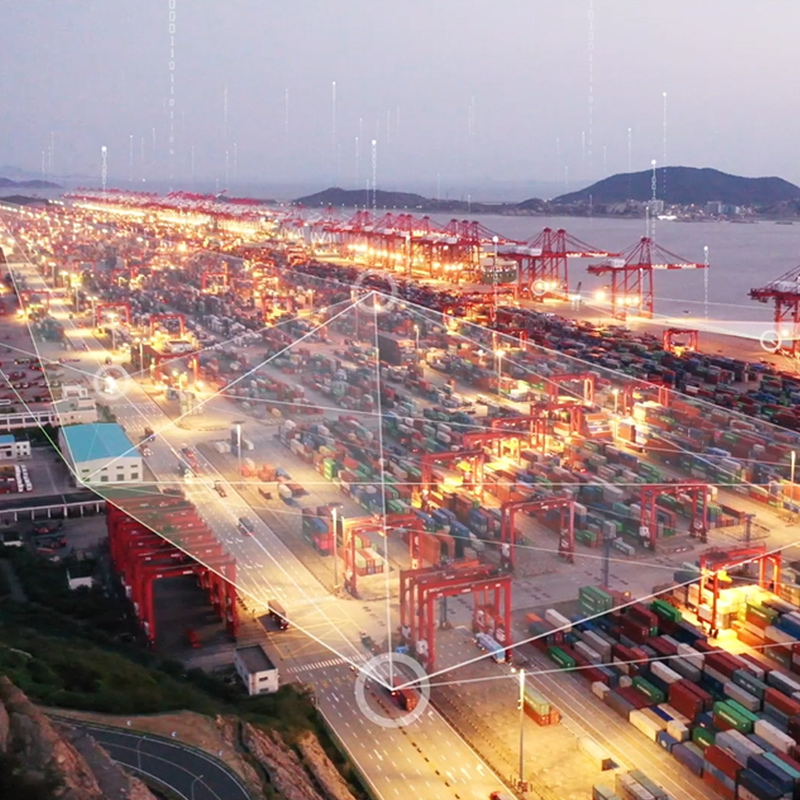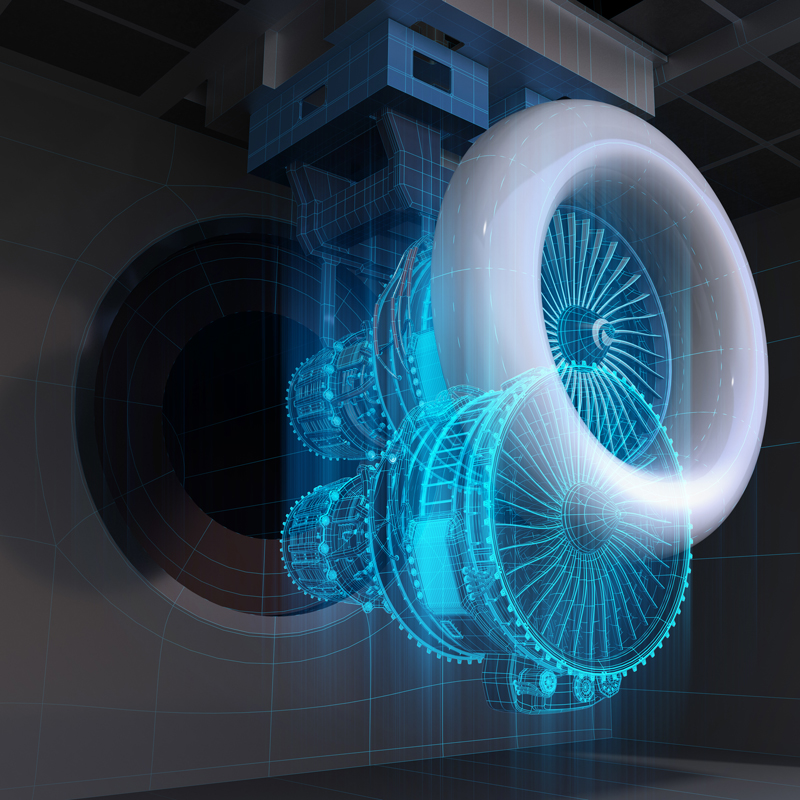Digital Transformation with Gamma VI

Readout of production, process and machine data at the PLC control by means of Gamma VI
In the age of digital transformation / industry 4.0., in which artificial intelligence (AI) plays an increasingly important role, the question arises to what extent machines can be controlled and read.
Machines with built-in PLC control do their work all over the world. But can the process data be read out? How busy is a machine? When is the next maintenance due? How about internal machine processes? How long is the machine in operation? Can sources of error be identified in good time? Can the machines be networked? Can the production process be designed dynamically?
How do I get the data without disturbing production? Which migration strategy is required?
Gamma VI provides real-time access to data
The Gamma VI communication platform developed by RST provides access to the PLC control unit and the machine’s sensors. The extracted data is read out in real time, restructured and organized outside the control system with adapted semantics. More than 70 additional interfaces and over 1000 different I/O functions are available for additional information, such as maintenance and measures, as required for predictive maintenance.
This data is also integrated. The result is a digital twin, a synchronous process data model that simulates a machine and provides all the prerequisites for higher-level services. Extracted data from the PLC are stored in a structured manner in the main memory with access times in microsecond range.
Digital twin
A digital twin is an abstract data layer above with which the state, characteristics and behaviour of a subordinate object can be visualised, analysed and adapted.
The virtual double has the same characteristics as the real object, which is equipped with sensors and delivers real-time information to the virtual image.
Extensive simulation and test functions on the virtual level enable the further implementation of digitization not only on site, but also in the office. This prevents disturbances in the production, delivers a significantly higher software quality and enables a sustainable long-term maintenance of the software on the digital twin.

How does the readout of data work with a PLC control?
The machine is controlled by a PLC. With a Siemens S5/S7 control unit, communication with Profibus or Profinet usually takes place with the programming interface, as it is always available. Beckhoff provides its ADS interface via Ethernet. Using Gamma VI, data and information can be read out in real time by a PLC controller. In order not to change existing controllers, also required data is simply provided by I/O terminals such as emBRICK or EtherCAT – independent of the data source. Very important is that we are able to carry out digitalization without disturbing production.
While most PLC controls are still realized with the standard IEC61133 from 1993, Gamma offers a PLC tool according to the more modern IEC61499 standard. This standard still has the same languages, but a distributed programming and in addition to the digital twin it also can be connected with the service brokers of the higher-level digitalization solution.
Based of the digital twin as an abstract surface, a wide variety of technologies can now be combined. The Gamma Multibroker communicates with the outside world via services. OPC or DDS is also possible as standard interface.
Even AI communicates with the production and a control application. Test and simulation tools qualify the newly developed software.
For so-called “Big Data” applications, the data with the corresponding time stamps is passed on to databases such as “Elastic Search”. Up to 6 million process parameters with time stamps per system and second can be easily transferred.
The read-out data can be forwarded to the Proway Business World product solution, which can take over the process control of the supply chain management to guide, steer or control the machines in real time. In business planning and control systems / ERP systems, the data can be reused and graphically prepared for management.




